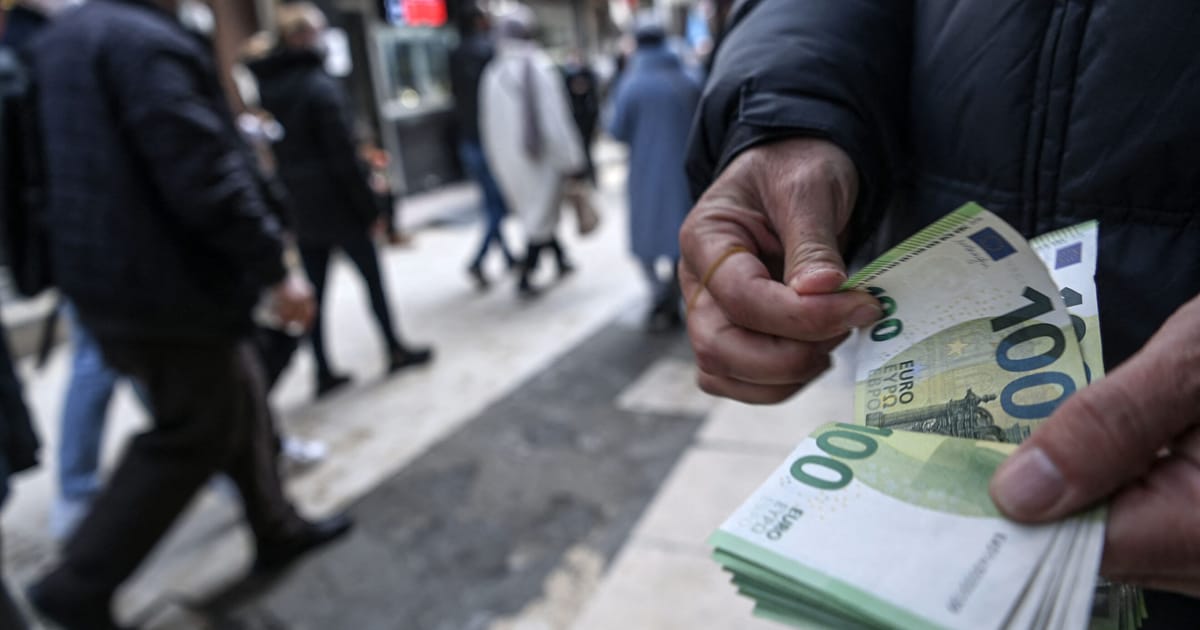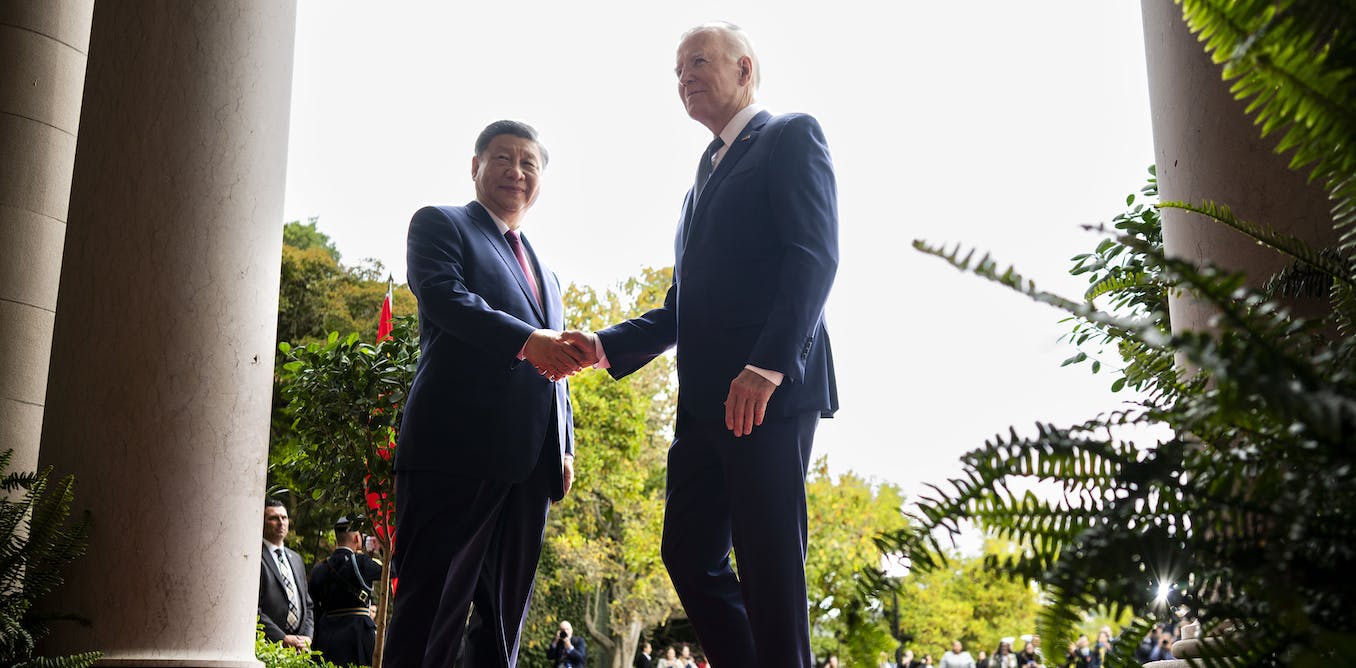Press play to listen to this article
Voiced by artificial intelligence.
The European Union is at it again: Recycling existing cash to fit whatever new crisis pops up.
“We can’t use the same money for 25 different [goals],” EU Economy Commissioner Paolo Gentiloni said at an event in Berlin on Monday in a rare candid moment. “We label the same basket of money with one word, then we change the word but it’s always the same money.”
Yet that’s exactly what the European Commission is about to do.
In guidance to be issued on Wednesday, it will nudge member countries to use post-pandemic EU cash to boost industrial competitiveness as a way of responding to the United States’ green subsidy push.
It’s the third crisis for which the EU has used the same pot of money — as much as anything because some countries, Germany and the Netherlands in particular, oppose more common debt and especially since a large part of the original fund has yet to be spent.
“We’re very reluctant when it comes to [repeating] something similar to NextGenerationEU or SURE,” said German Finance Minister Christian Lindner on Monday, referencing the bloc’s debt-based response to the COVID pandemic. It’s not worth even having a debate about it, he added.
Recycling cash
The latest discussion stems from 2020, when all 27 EU countries agreed to jointly issue €800 billion in EU grants and loans to counter the economic impacts of lockdowns and public health measures. It was considered a turning point because member countries had never pooled debt before.
Money from the so-called recovery fund had barely started flowing when a second crisis, Russia’s invasion of Ukraine, propelled the bloc into finding a way to decouple itself from its dependency on Russian fossil fuels.
The EU’s solution was to repurpose unsolicited loans under the recovery fund — around €220 billion— and top it up with €20 billion of fresh grants to accelerate the deployment of renewables and alternative energy sources. It’s been branded the RePowerEU plan and it’s about to be rubber-stamped by the European Parliament.
And then came the U.S. Inflation Reduction Act, a $369 billion green subsidy plan to decarbonize its industry and encourage consumers to “buy American.”
France called on the bloc to craft its own “made in Europe” industrial strategy.
That’s what the Commission is laying out on Wednesday, in an approach that will serve as the basis for discussions at the EU leaders’ level, scheduled for February 9 and 10.
The EU executive will suggest countries “adjust the [national recovery] plans to the current context” characterized by inflation, jammed supply chains and high energy prices, and insert “simple and effective measures to provide immediate support to companies and boost their competitiveness,” such as tax breaks for clean technology, according to a draft seen by POLITICO.
Candy, later
That language reflects widespread disagreement between governments on the best course of action.
The plan includes a relaxation of state aid rules, advocated for by France and Germany, to allow countries to boost their key industrial players. But that’s anathema to another group of countries, who fear it will lead to a subsidy race within the bloc, inevitably won by the richest countries.
“If anything, this is about certain member states not wasting a good crisis, and using it to argue for more EU money and protectionist measures, as they have for the better part of 30 years now,” said an EU diplomat.
Conscious of that, the Commission pledged to present a European Sovereignty Fund, which is meant to “give a structural answer to the investment needs” of all EU countries.
But while changes to state aid rules are set to be adopted in the coming weeks, there are no details or a timeline for the sovereignty fund, which one EU diplomat described as “candy, but it’s far away.”
Let’s go further
Some within the Commission and the Council think that repurposing existing cash isn’t enough, and argue in favor of new common tools.
“If we think of a common response to the competitiveness challenge, do we think that the common response is only regulatory? I don’t think that this is the right answer,” Gentiloni said on Monday.
But that’s not the majority view. So for now, the bloc has to work with what’s already in its coffers.
“They’re dangling the same carrot,” said an EU official.




